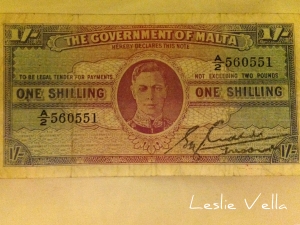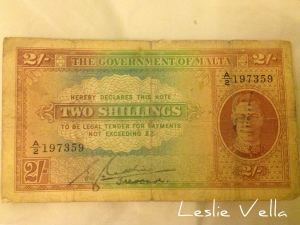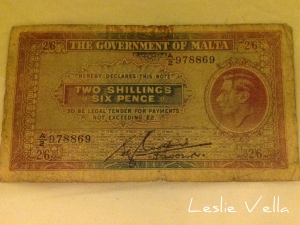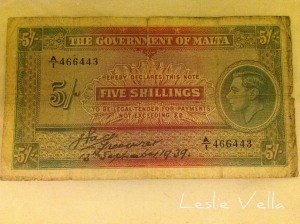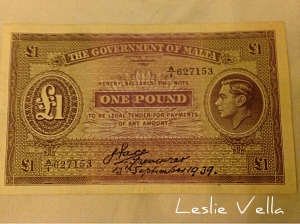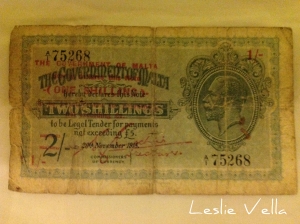“The Desire of the Maltese and the Voice of Europe”: Stories of British Malta (Part 1)
Throughout its long history Malta was occupied by almost all of the powers holding sway over the Mediterranean across the centuries. Two of the most famous powers to occupy Malta during the past five hundred years were undoubtedly the Knights of St John, whose stay was so long that they eventually came to be known as the Knights of Malta, and the British. The story of the passage of Malta from under the rule of the Knights to becoming a fully fledged British Fortress Colony, with a very brief two year interlude under Napoleon’s French is indeed an interesting period in the island’s history.
While most storytellers tend to glorify the Knights as the chivalrous order which gave Malta its wonderful capital city, its impregnable bastions and fortifications, together with its lavish palaces, cathedrals and churches others tend to focus on the fact that the Knights were a medieval aristocratic anachronism, which in their last few years in Malta stuck out like a sore thumb in the brave new world heralded by the egalitarian and libertarian philosophies spawned by the French Revolution.
In fact when in 1798 Napoleon and his fleet, which were en route to Egypt, sailed into Valletta’s Grand Harbour with the excuse of needing to water the ships, it was a foregone conclusion that the supposedly unassailable fortress was surrendered without a single shot being fired. Napoleon’s French were initially welcomed with open arms by the Maltese but the welcome quickly turned into distrust, hatred and a strong urge to expel once the French started to loot Malta’s ecclesiastical treasures to finance their war machine. The resulting uprising quickly forced the French to abandon the countryside and seek shelter behind the walls of Valletta. A veritable paradox as a result of which the only time Valletta was besieged in its history was by the Maltese themselves!
With the French squarely trapped in Valletta, the Maltese sought outside assistance to blockade the enemy and obtain military assistance to oust them. A request which was ultimately responded to by the British under Nelson, who helped negotiate a capitulation which gave the depleted French garrison safe passage to evacuate from the island to the consternation of the Maltese who wanted to massacre them to a man in response to the atrocities they had committed during the siege of Valletta.
An unstable peace was declared between France and Britain in 1802 through the signing of the Treaty of Amiens, which amongst other things committed to the British withdrawal from Malta and the island’s return to the Knights. This was something which neither the Maltese nor the British were happy with: the former on account of the fact that they did not want the return of the arrogant Knights at all costs and the latter following their growing appreciation of Valletta’s impressive natural harbours and their sophisticated defensive networks. The British refusal to leave Malta is recognised as one of the major reasons for the re-commencement of hostilities between Napoleonic France and Britain until Napoleon was finally defeated at Waterloo in 1815.
A few months before Waterloo, the Treaty of Paris was signed on 30 May 1814. One of the decisions of the Treaty, namely Clause 7, specifically dealt with the annexation of Malta as a British colony. This decision put paid once and for all any aspiration by the Knights to regain control of their former island home, thus ushering in 150 years of British rule in Malta.
This important episode in Malta’s history is commemorated by a poignant Latin inscription above the Main Guard building facing the Palace in Valletta. A plaque beneath a Maltese stone rendering of the British coat of arms complete with lion and unicorn, the rough translation of which reads, “Confirmation of the Granting of These Islands to Great and Unbeaten Britain by the Desire of the Maltese and the Consent of Europe AD 1814”.
An impressive mouthful which not only extols the virtues of the victor of the spoils of war but emphasizes the fact that Britain did not unilaterally conquer Malta but was invited here by the Maltese themselves with the approval of the other victorious European powers.
A small monument with a message that is undecipherable to most but which stresses an important transit point in our island’s rich history.








